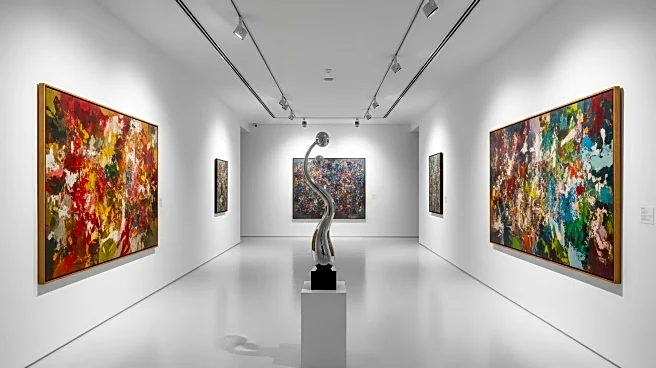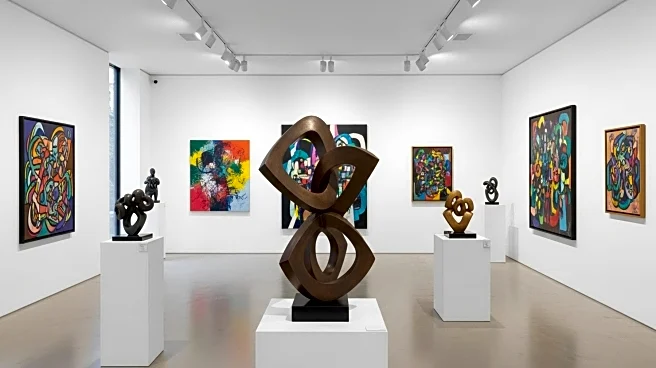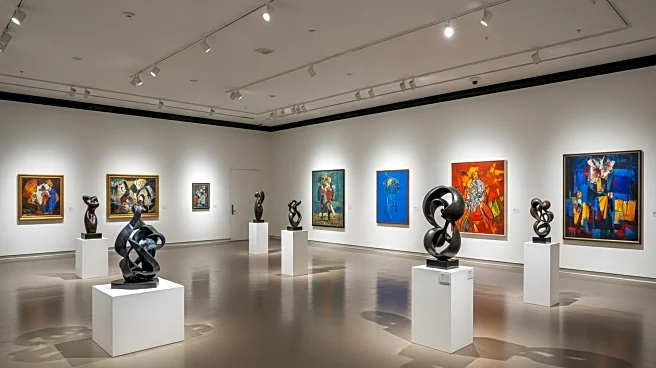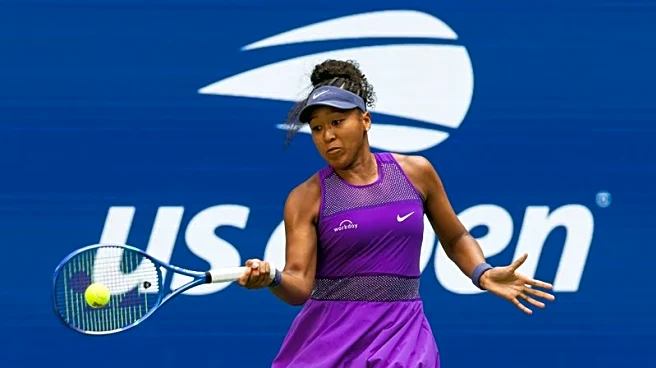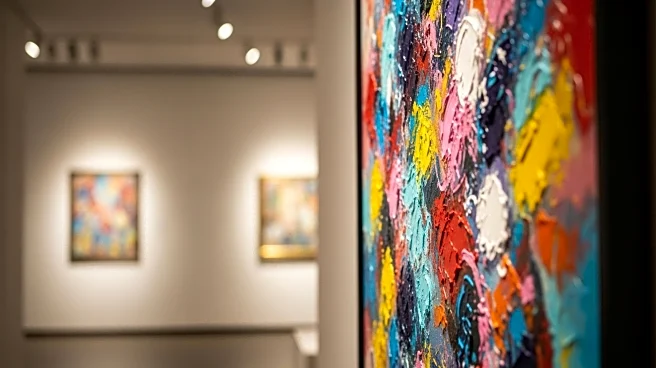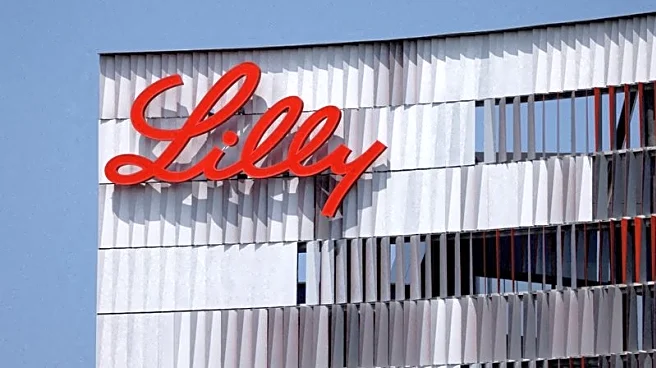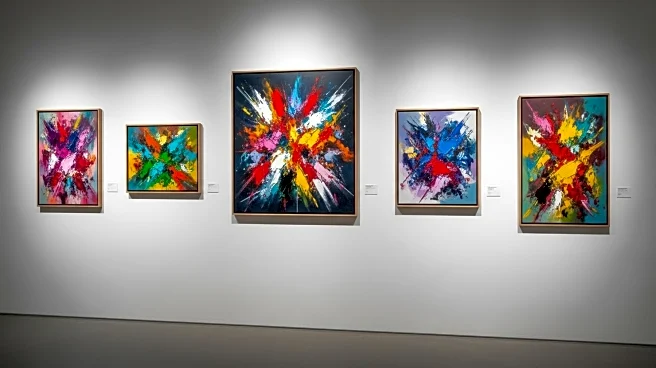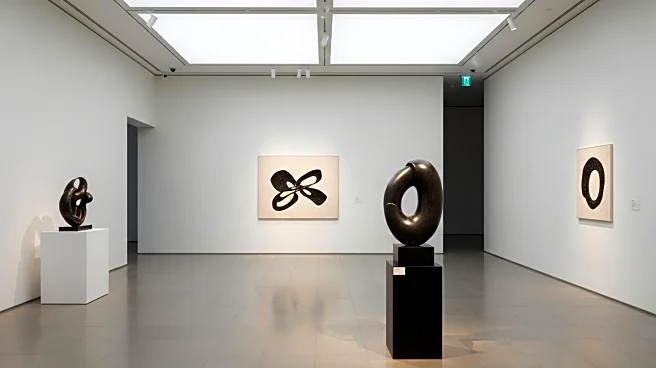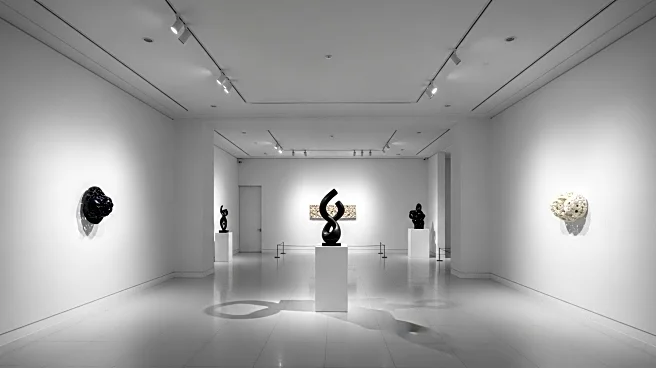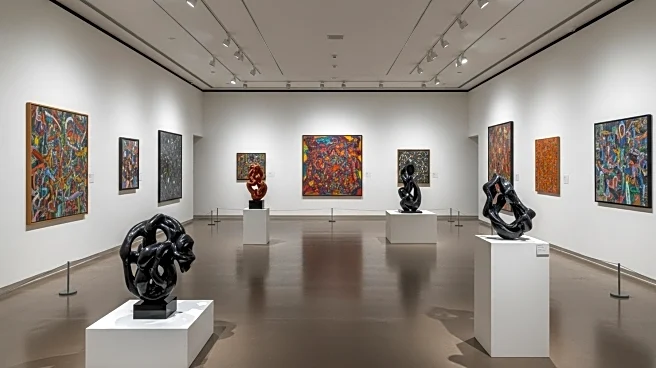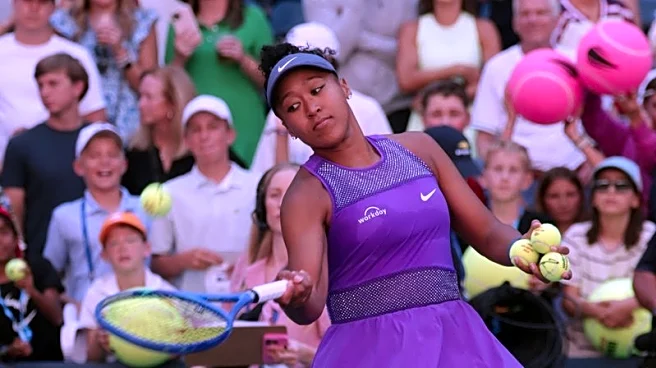What is the story about?
What's Happening?
Jason Haam, a prominent gallery owner in Seoul, is navigating the evolving art market in South Korea. Since opening his gallery in 2017, Haam has showcased both local and international artists, participating in major art fairs like Art Basel Hong Kong and Frieze Seoul. Recently, Haam has shifted his focus towards the regional market, emphasizing Korean artists in response to changing market dynamics and local demand. This strategic pivot comes as South Korea's art market experiences a significant downturn, larger than that of New York, driven by a young market where many participants initially entered for financial gain. Haam's gallery has expanded to include a second space, allowing for a dual focus on primary and secondary art markets.
Why It's Important?
The developments in South Korea's art market reflect broader trends in the global art industry, where regional markets are gaining prominence. Haam's strategic shift highlights the importance of local engagement and the potential for regional artists to gain international recognition. This move could influence other galleries in Asia to adopt similar strategies, potentially reshaping the art market landscape. The downturn in South Korea's market also underscores the volatility and speculative nature of emerging art markets, where economic conditions can rapidly alter the landscape. For U.S. stakeholders, this presents both challenges and opportunities, as American galleries may find new avenues for collaboration or competition in Asia.
What's Next?
As Haam continues to adapt his business model, the focus on Korean artists may lead to increased visibility and opportunities for these artists on the international stage. The expansion of his gallery and the emphasis on secondary market dealings could attract a diverse clientele, fostering a more sustainable business model. The broader art community will likely monitor these developments, as they may signal shifts in market strategies for galleries worldwide. Additionally, the response from local and international collectors to Haam's approach could influence future market trends and the role of regional markets in the global art scene.
Beyond the Headlines
The cultural implications of Haam's strategy are significant, as they reflect a growing appreciation for local talent and a shift away from purely financial motivations in art collecting. This could lead to a more robust cultural exchange and a deeper understanding of Korean art and artists. The ethical considerations of market speculation and the role of galleries in supporting artists' careers are also highlighted, prompting discussions on sustainable practices in the art world.
AI Generated Content
Do you find this article useful?
